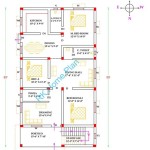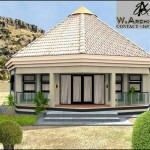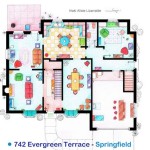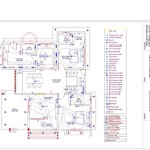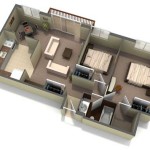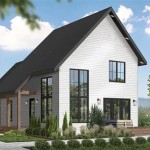Essential Aspects of Affordable Housing Floor Plans
Affordable housing is essential to creating inclusive and thriving communities. However, designing floor plans for affordable housing presents unique challenges due to the need to balance cost-effectiveness with functionality and livability. Here are some essential aspects to consider when creating affordable housing floor plans:
Unit Size and Layout
Unit size and layout play a crucial role in cost-effectiveness. Smaller units generally have lower construction and maintenance costs. However, they must be designed efficiently to provide adequate living space and meet accessibility standards. Open-concept designs and flexible spaces can maximize space utilization and create a sense of spaciousness.
Efficiency and Sustainability
Affordability extends beyond construction costs. Long-term operating costs, such as energy bills, must also be considered. Energy-efficient appliances, windows, and insulation can significantly reduce utility expenses for residents. Water-saving fixtures and fixtures can also lower water consumption.
Access to Natural Light and Ventilation
Natural light and ventilation contribute to occupant well-being and reduce reliance on artificial lighting and heating/cooling systems. Floor plans should prioritize windows in living areas, bedrooms, and kitchens to maximize natural light and ventilation. Cross-ventilation can improve air circulation and reduce the need for air conditioning.
Storage and Accessibility
Adequate storage space is essential for residents to maintain a clutter-free living environment. Built-in storage solutions, such as closets, pantries, and shelving, can save space while providing ample storage. Floor plans should also ensure accessibility for individuals with disabilities, including wheelchair access, wide doorways, and accessible bathrooms.
Common Areas and Amenities
Many affordable housing developments incorporate shared common areas and amenities to foster community and enhance livability. These areas may include community rooms, outdoor spaces, laundry facilities, and fitness centers. Careful planning is needed to optimize the use of common areas and ensure they are accessible and well-maintained.
Flexibility and Adaptability
Affordability housing floor plans should be designed to accommodate diverse household needs and lifestyles. Flexible layouts allow for future modifications, such as adding or removing walls or expanding living spaces. This flexibility can also support aging-in-place for seniors and accommodate changing family dynamics.
Collaboration and Community Engagement
The design of affordable housing floor plans is not just a technical exercise. It requires collaboration with residents, community organizations, and experts to ensure that the plans meet the specific needs and preferences of the community. Gathering feedback and incorporating resident input into the design process helps create inclusive and responsive housing solutions.
By considering these essential aspects, architects and developers can create affordable housing floor plans that balance cost-effectiveness with functionality, livability, and well-being. These plans contribute to the creation of sustainable and thriving communities where all residents have access to decent and affordable housing.

Plan 1092 National Affordable Housing Network

Los Angeles Ca Affordable Housing

Monroe Place Floor Plans Affordable Housing Network

Plan 1092 National Affordable Housing Network

10 Low Income Housing Floor Plans Ideas Tiny House Small

Est House Plans To Build Simple With Style Blog Eplans Com

Thoughtful Design Can Create High Quality Affordable Multifamily Housing Joint Center For Studies

10 Low Income Housing Floor Plans Ideas Tiny House Small

Initial Floor Plans Not Final Discoverdesign

Monroe Place Floor Plans Affordable Housing Network

